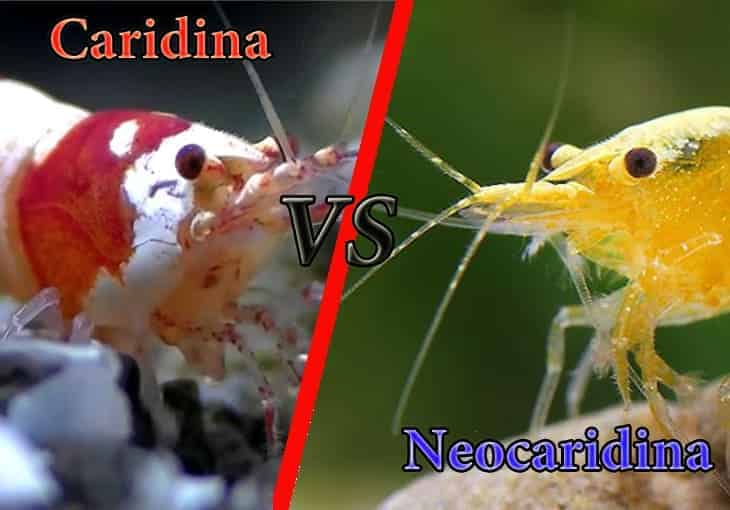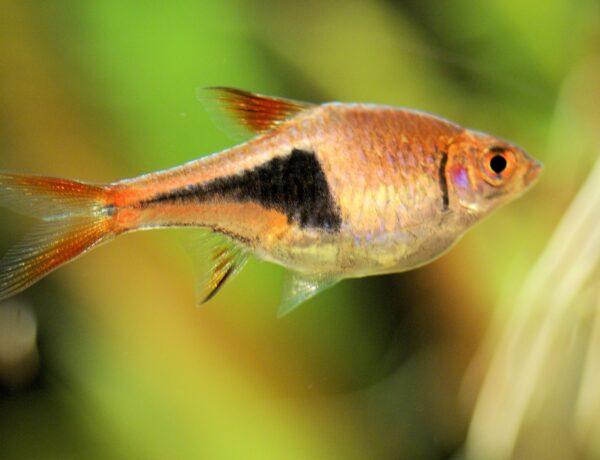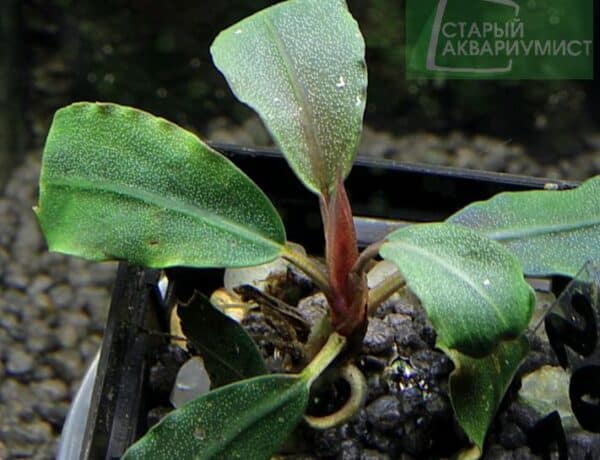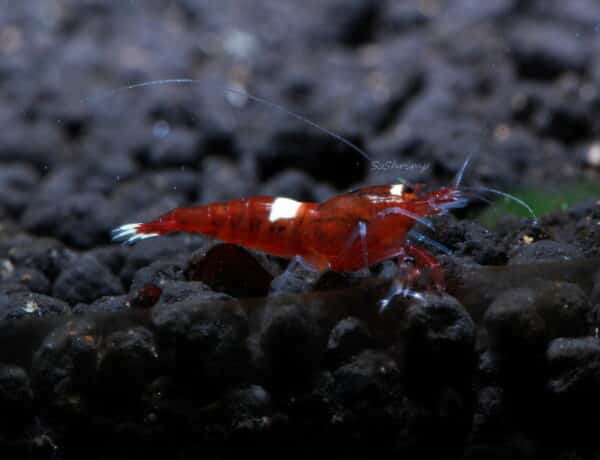Shrimp keeping can be a fun and very lucrative hobby if you are willing turn an old aquarium into shrimp only tank or upfront some cost to get the ball rolling. While some beginners can start with as low as 10 shrimp and grow a thriving business from it. Ready to learn how to become the master shrimp keeper?
Table of Contents
Start with a plan
When starting with shrimp keeping, you first want to map out a plan with what species you want to keep. The two broad species are Neocaridina and Caridina or for commonly known as Red Cherry Shrimp and Crystal Red Shrimp/Crystal Black Shrimp. You will want to figure out the aquarium sizes you like to have; while this will then go into lighting, filtration, substrate, hardscapes, and aquatic plants to keep those shrimp happy, healthy, and hungry (-for love).
Neocaridina
Neocaridina are you easier type shrimp to start up with. They prefer harder water parameters like 7+ and typically aren’t fussy with GH/KH. A lot of beginners start up shrimp keeping with Neo’s because you don’t have to worry too much about parameters and they are like the tanks of the shrimp world. These types of shrimp sell quicker but are not very profitable because of saturation.
Caridina
Caridina tend to like the softer water setup below 7 pH and some certain types will even be more prone to ideal conditions. These types of shrimp are more difficult to start with but as well more profitable and rarer to see in aquarium tanks.
Gallon size
I personally recommend to start off with 10 to 20 gallon aquariums. This gives your shrimp enough elbow room to do the horizontal twist while also giving you the hobbyist a break on your wallet. Larger size aquariums cost more for initial setup and it’s better to start off small and let your profits build to that. Plus, once you do scale up into larger breeding tanks, you can use your 10-20 gallon tank for a culling or even a makeshift refugium; that is if you’re looking for creating a shrimp tank something around the 120 gallon mark and want to sump it.
Substrate & Substrate Additives
Once you have figured out what type of shrimp you want to breed and aquarium size, it’s now up to which substrate you would like to go with. Like above, I talked about Caridina liking to have a softer type of water around 5.5 to 6.5 pH to keep them happy. You going to want to choose ADA amazonia aquasoil or something with like that which is going to try to keep that pH down into that range from its buffer. The Neocaridina species can use inert substrate, gravel, you can even use ADA amazonia aquasoil. They are not as picky as the Caridina which makes them easier to keep and breed. They typically require about 7-7.8 pH and they will be happy.
Substrate Additives
Substrate additives are the initial additives before you lay down your substrate in your aquarium. These help with the longevity of the aquariums life and stability; and shouldn’t be overlooked, especially in a Caridina breeding tank.
I recommend using a bacteria product, either being ADA Bacter 100 or Bacter AE. This will help jump start your shrimp breeding tank with all the beneficial bacteria; getting your cycle and bio-film generated quicker and more stable in the long run.
I also recommend using Mironecton Mineral powder 120g from Benibachi for trace elements and nutrients that your shrimp need for help with molting and growing in the beginning stages.
The last product I recommend is Beta Glucan – this is for your overall health and immune system for your shrimp. This is somewhat of a bonus to what I recommend – you don’t personally need Beta Glucan to start out shrimp keeping but it helps with health and happiness as well as secures your investment. I mean who wants to wake up to die off from countless reasons.
Filtration
Filtration is a big debate and everyone has their own opinions on what should be used for filtration. For the most beneficial bacteria and most optimal breeding conditions – I recommend a canister filter. This can be as small as a Eheim 2211 which won’t break the bank. If budget is even tighter than that for starting up, a sponge filter is a good alternative and shrimp love to graze off the sponges. Of course, bigger the better for sponges because a larger area surface of sponge will create more beneficial bacteria colony.
Lighting

This is the last part of planning out what you want for your aquarium. With lighting, shrimp don’t mind very much as long as it’s not too bright. So if you’re looking to grow aquatic plants like a carpet, moss, or just plants to resale – go with a Current USA light, AZOO Flexi Mini LED, or Finnex Planted+ This is definitely just a personal preference with what you want to use for your shrimp breeding tank.
Plants and extra additives
Plants can be a nice addition to your shrimp breeding tanks. This is all about personal preference as well as how good your lighting is. Having said that, I recommend going with a moss like java moss for a safe-haven for shrimplets and micro-organisms to thrive. It also helps with converting the excess nitrate from shrimp waste to plant growth.
One last thing about moss and why I recommend it. Once you start to sell your shrimp for profit, when packaging them – Those shrimp will need something to latch onto through the bumpy ride through transit; This is where moss comes in handy.
Temperature
With shrimp keeping, I found that most all shrimp like Neocaridina and Caridina prefer a temperature around 73-78 degrees. They like their water to be a little cooler and are more active when this does happen. This isn’t a huge importance but having any higher or lower than those temperatures I recommend might slow down breeding or even cause issues.
Water & RO/DI Water
When keeping shrimp and breeding shrimp, it is vital that you keep water parameters as stable as possible. You want the TDS, GH, KH, pH, and Temperature to always stay the same to keep your shrimp as happy as can be. But how do we do this?
- Always, ALWAYS test your water. Because you can’t really tell what your water parameters are just by looking at it or the shrimp. I recommend investing into just a few pieces of testing equipment.
- TDS meter
- pH meter (one that comes with a temperature meter as well)
- API GH/KH testing solution
- Have a bucket of water for just RO/DI water. This means water that has been stripped of all minerals and is completely pure water. You can either buy RO water from the store or invest in an RO/DI water unit for your home. This will be used for water evaporation which I talk about more down below in Maintenance
- Have another bucket of water for buffered RO/DI water with using additives like bee shrimp Mineral GH+ to increase the GH to recommended parameters.
All this plus your substrate and hardscapes will make up with your parameters. This will take some time and fluctuate for a few weeks (this is why you let your tank cycle and mature before adding any shrimp into an unstable environment).
Neocaridina Parameters
With Neocaridina, I like to keep my breeding tanks in these parameters down below. This isn’t say all, end all parameters but this is what keeps my Neocaridinas happy and breeding.
TDS – 200-240
GH – 5-6
KH – 0
pH – 7.0-7.4
Temp – 72-74F
Caridina Parameters
Now with Caridina, I prefer to keep my parameters a bit stricter but when a higher investment in them, I want to make sure everything is as stable as possible.
TDS – 120-160
GH – 5-6
KH – 0
pH – 6.5
Temp – 68-72F
Maintenance
So you would think after all this setup and huge investment, here comes the extreme maintenance which will bring any hobbyist to their knees with water changes and testing parameters; But you would be quite wrong. Actually once you have everything setup and finally stable, there are only just a few minor maintenance tasks to do.
- Check weekly on parameters – this is to just make sure all your shrimp breeding tanks are staying at ideal conditions. If conditions are not ideal, then do a 10%-15% daily water change to bring parameters back to ideal conditions.
- Add RO/DI replacement water – When evaporation happens, you need to add water back into the shrimp tank. But remember, when evaporation happens; it’s actually pulling pure water and leaving the trace minerals inside the aquarium. So what do you do? Simple, just add pure RO/DI replacement water.
(optional) Trim plants – if you are using aquatic plants, make sure to maintenance these. This is either dead plant matter or overgrowth needs to be taken out
FAQ
this section is pretty much everything else I can think of what is commonly asked in the shrimp breeding community. If you have any other questions, make sure to leave a comment below and i’ll be sure to answer.
Can I do a Nano shrimp tank?
I would suggest not to – Nano shrimp tanks are great for personal enjoyment or even if you’re a brick and mortar store importing 100’s of shrimp a week but when it comes to breeding; shrimp want some space and I would personally recommend between 10-20 gallon aquariums.
Nano shrimp tanks also have less chance for error on parameters. If pH or temperature causes a death in a 5 gallon versus a 20 gallon, the 5 gallon will have a greater chance of a massive die-off like a dominos effect. Whereas the 20-gallon tank would have to have 3 more deaths before creating that same environment of a domino effect. So bigger is always better!
What about the mandatory water changes?!
I know, people all around the world talk about water changes and how important they are to have a schedule. But once you have stable conditions, you only need to do water changes when they go out of line. It’s a waste of time and effort if you are doing them on a schedule when the parameters inside the shrimp tank were ideal already. Actually more times out of none it causes more issues than solutions.
What is shrimp grading?
So this goes into selective breeding and mutation. Offspring have dominant and recessives traits. Typically, we see these through their carapace or exoskeleton as color or patterns. When selective breeding a Grade SSS shrimp with another Grade SSS shrimp, you have a higher chance of their dominant gene to become more prominent in their line. So those offspring will have a 75% of their offspring being a grade SSS versus their parents only being 50%.
Of course its way more complex than this as well as some traits can be bad for shrimp (ie: water sensitivity) Here is more information on genetics and selective breeding
Sell and Buy to replace your shrimp
This doesn’t get brought up a lot but just like incest – shrimp can sully their gene line by too much interbreeding with their same family. Of course we can’t keep track of who is mother, father, sister, brother, etc. etc. but what breeders like to do is sell their offspring and then buy/trade with other sources to have a fresh line being introduced. This will keep your shrimp breeding from having any crazy mutation that you don’t want.






No Comments